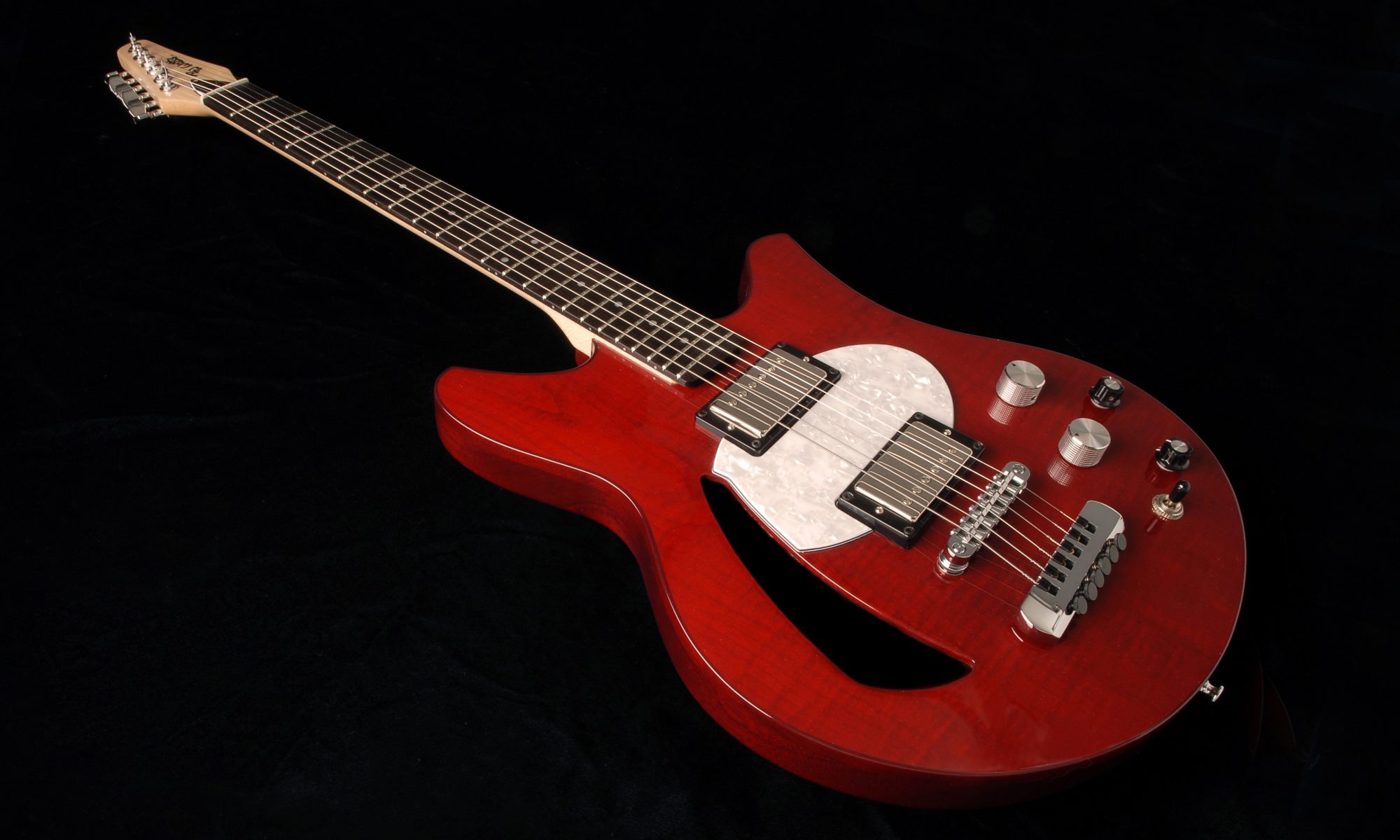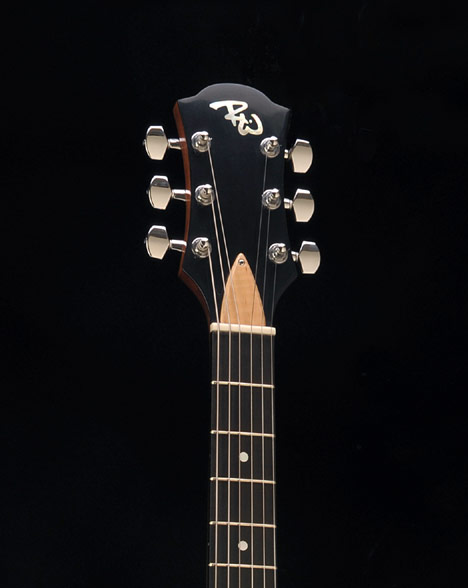Intervals
It is not very hard to make a guitar that works. By that I mean that it is not so hard to imagine a stringed instrument that is capable of producing musical sound. Somewhere in our distant past, someone figured out that attaching a taut string over a large gourd with a hole cut out of it to allow the sound of that plucked string to escape was fairly easily accomplished. A few modifications here and there, a way to attach the taut string to the gourd, perhaps slicing off a part of the gourd to allow a flat surface that could vibrate with the motion of the plucked string to be attached and creating a resonating chamber, were probably thought through early on. There are early single and two string instruments (Dotar) that appear in the Middle East millennia ago. The Kora, sometimes called the African harp, is a multi-stringed instrument that looks as though it has changed little over centuries. It is also not hard to see how the natural variability of gourds would likely have given way to a more consistently crafted bowl of wooden strips, mimicking the gourd shape, and a more “engineered” connection for taut strings, that became a lute, and thus giving a name to the craft of stringed instrument making – lutherie, and the craftsman’s profession – a luthier.
I marvel that as humans we have developed the capacity to transform materials. How does one, in some ancient place, discover how to make a string that can be stretched tight enough to produce a sound when plucked, but not break under the tension, yet consistently hold the same tone? Probably through trial and error. As early strings were made from animal intestines (cat gut), the ancient makers, in an effort not to waste any part of slaughtered animals, probably found that by thinly slicing, and stretching, and twining and further stretching animal intestines, they could achieve a thin, but fairly strong, twine. The smell must have been off-putting during the string forming process. (I have a friend who years ago worked in the Lyon and Healy harp manufacturing plant here in Chicago. He said that they still employed a guy who worked in the basement creating gut strings from goat intestines, and that it was always buzzing with flies and smelled foul down there.)
As a long time woodworker, I am still in awe of the notion that a tree, a living plant, can be felled, dried, cut and sliced into so many different and usable parts. To me, trees seem like the most important plants in our human lives for what we are able to do with them and what they give to us. Somewhere along the way in musical instrument making, we figured out that if wood is sliced thin enough, but not too thin, and is attached over the top of a resonating chamber with taut strings firmly attached to it, it acts as a diaphragm, moving up and down with the vibrations of the strings, moving the volume of air in the chamber to amplify the sound.
It also seems probable to me that those earliest string instruments had no frets, such that when you pressed your finger tightly down on the string, holding it tightly to the neck, you effectively created a shorter string, and thus a higher pitched sound (violins still work this way). It seems like no great intellectual leap to figure out that when you have one or two strings stretched taut over a fixed distance (nut to bridge), that by adding frets across the neck in specific spots you are able to create “zones” where the pitch produced in that “zone” will be consistently the same every time. To make the pitch from each zone sound musically harmonious to all the other pitch-zones was also probably initially a matter of trial and error. It turns out to follow a mathematical digression, but I think we probably figured out fret placement before we thoroughly understood the physics involved. Given that stringed instruments developed over thousands of years, there was plenty of time for experimentation along the way.
What seems more of an intellectual leap to me was the move to six strings and figuring out how to play the instrument in any way other than a cascade of single notes played linearly as note-follow-note (think of the violin again.) Once the fret board had been laid out into “pitch zones”, essentially boxes created by the crosswise division of frets, the individual pitch of each string had to be placed in harmonious conjunction with every other string, allowing intervals to be created to accomplish two things: 1. To allow for the natural and fluid movement of the fretting hand (usually the 5 fingers of the left hand) over the six strings, and 2. Building the intervals in such a way as to allow multiple fingers from the fretting hand to form musical structures, i.e. chords, which are played in place of a single note. With a piano, the only other musical instrument which allows for playing of chords, the keys/notes are laid out in a continuous line, low C note to high C note, low octave to high octave, and the ten fingers from both hands are used to pick out combinations of notes to form the chords. The piano is a beautiful instrument and the breadth of its range is unmatched. Its keyboard makes visual the whole of Western musical theory in a very logical approach. The guitar is conceived entirely differently as an instrument. Where the piano is played up and down the keyboard in an essentially back and forth motion, the guitar is played not only up and down the fret board, but also across the fret board. It is the “across the fret board” playing motion which makes the guitar so interesting. The intervals created by the varied pitch of the individual strings forces the playing fingers (of the left hand) to conform to different patterns to form chords when playing across the strings. This also allows for chord forms to take many different shapes, by which I mean that a D chord, say, can be formed and played in several different ways depending where on the fret board your fingers are located. Each of these slightly varied chord forms also produces slightly different timbres. On a piano, a chord can be played in the lower octaves or the higher octaves, but it is essentially produced the same way whether lower or higher in timbre. On a guitar, the differing finger-forms which define the chords in lower and higher octaves produce slight timbre changes which can be used to creative effect by the player.
A guitar will never have the range of a piano (an 88 key piano has a 7+ octave range while a guitar has a 3+ [almost 4] octave range.) A piano will always have a fuller, more rounded sound, due to the way it is constructed, and its chord voicing will always be more complex than a guitar’s (the player gets to use ten fingers over an almost two octave span.) But a guitar can often create a more quirky chord structure that is both spare and “spatially” challenging. If playing the piano is like playing chess, then playing the guitar is like playing 3-dimensional chess, albeit with 60% fewer pieces. There is really no substitute for the piano in Western musical thinking and composing, though. It really is the premier musical instrument of our time and culture. One can fully orchestrate on a piano in ways that would never be possible on a guitar.
On the other hand, the guitar only weighs a few pounds, and is completely portable. And you meet the nicest people playing a guitar.

